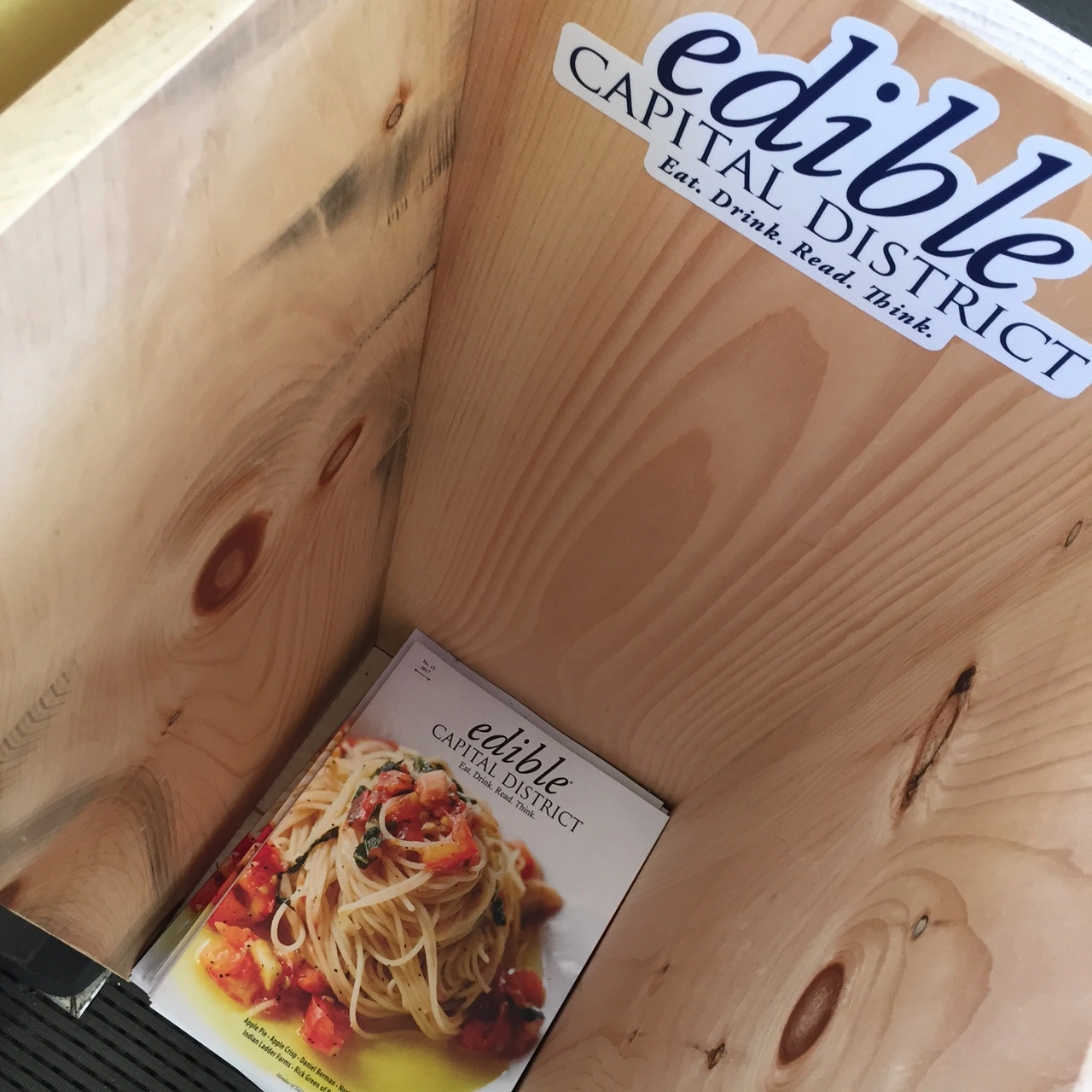Bruised, Crushed and Pulverized
Summertime drinks are always a bit of a challenge.
On one hand, it’s hot and you are thirsty. This isn’t the time to fool around with your cocktail and engage in some kind of fancy-pants mixology. Pour some booze in a tall glass of ice, squeeze in some citrus, consider adding something sweet, and fill the glass with seltzer. In no time at all you’ve made a Tom Collins or any variety of Rickey.
On the other hand, summer is when all of nature’s bounty comes out of its slumber and is bursting with brilliant colors and flavors to add to your drink. Anything that grows in your garden or comes from a tree is fair game: cucumbers, basil, cilantro, berries, melons, stone fruits, fennel fronds, and even lavender.
However to get these things into your drink, it’s going to take a bit of work. And for the most part, you’ll need to both muddle and shake. Muddling has come up a bunch here in the past few weeks, so it’s high time to take it head on.
Ellen Whitby had a question on muddling that went completely overlooked in the last Ask the Profussor roundup because she did not use a question mark. This is what she wrote:
I am eager to read your full post about the bar revolution at Ruby Tuesday. In the meantime, maybe you could explain what muddled is. It would be a welcome distraction from all the mosquitoes sharing the night air with me.
Bill Swallow was also looking for advice and while his appropriate use of a question mark would guarantee an answer in the next installment of Ask the Profussor, it makes sense to address it now:
I’ll have to muddle my own fruit and try a few homemade cocktails. I really dislike anything syrupy sweet, which is why I seldom order a cocktail out. Any technique you recommend for rather pulpy fruits (straining, etc.)?
Muddling is a technique for bruising, crushing or pulverizing some forms of organic matter. It involves a muddler, most of which look like small baseball bats, and a mixing glass (which is the business end of a Boston shaker).
If you are familiar with the basic principles of a mortar and pestle than you’ve got the idea. Although in this case the muddler acts as the pestle and the bottom of your mixing glass is the mortar.
The only thing that’s tricky is that most people use their muddler upside down. Commonly shaped like a baseball bat, people instinctively to want to grab the side that resembles the grip. However, that side, the side with the knob, is the part that is supposed to do the work. You can see the correct way to use one of these here. However, it should be noted that this muddling is being done directly in the drinking glass for a caipirinha.
But you just said…
Sorry. I’m getting ahead of myself. Ultimately you need to decide if you want the remnants of your muddled produce in your drink. Most of the time you don’t. In the case of the caipirinha, there is no ill effect to keeping the crushed limes and their skins in the bottom of the glass.
But if you are muddling something chunky like cucumber or watermelon, these will get pulverized, and I firmly believe the bits should be strained out. Using a standard cocktail strainer will get the largest bits, but your cocktail will still have some added body from the pulp of the produce. And that’s fine.
If it’s not fine with you, perhaps you should consider juicing these ingredients first, and then straining them through a fine mesh. However, that’s a lot of work. The other option of course is to not pulverize the produce, but simply to crush it a bit with the muddler. This will serve to keep the ingredients largely intact, yet still impart some of their flavor to the drink. They may break up even further when shaken vigorously with large ice cubes, but not so much as to let them pass through a cocktail strainer.
When it comes to leafy things, I’m a fan of using the muddler to gently bruise them. You’re not making pesto. There are some who will even remove the bruised leaves before shaking the remaining ingredients together, content that the leaves have left their oils inside the glass, and concerned that further bruising will produce a bitter result. Just know that if you shake leafy greens with ice, you will get little floaters in your drink. Sometimes you’ll be in the mood for that, and other times you will want a cleaner drink.
It’s often nice to include fresh versions of the ingredients in the final drink.
That means garnishing with a pristine slice of peach, floating a perfect basil leaf on the surface, or submerging a few thin slices of cucumber. And naturally, if you are going to serve the drink over ice, strain out the used ice from the shaker and pour your cocktail over fresh, large cubes.
Drinking fresh is a lot of work. I generally skip it, and opt for something simpler. But I suppose it’s something that’s good to know how to do, just in case you feel inspired.

